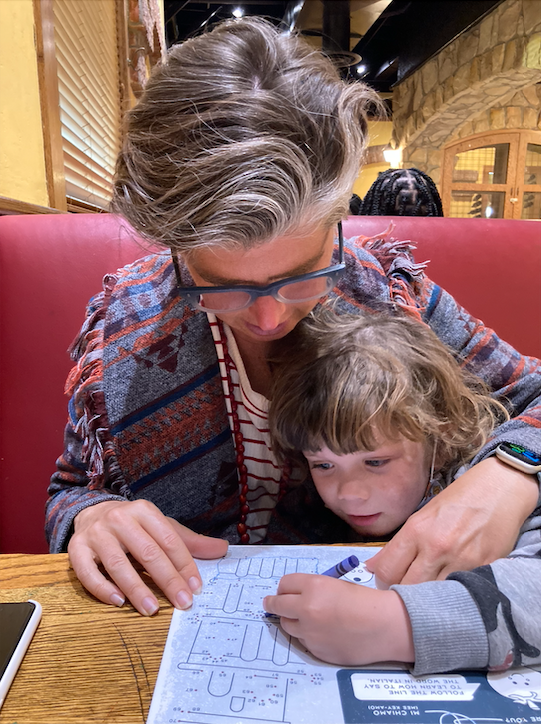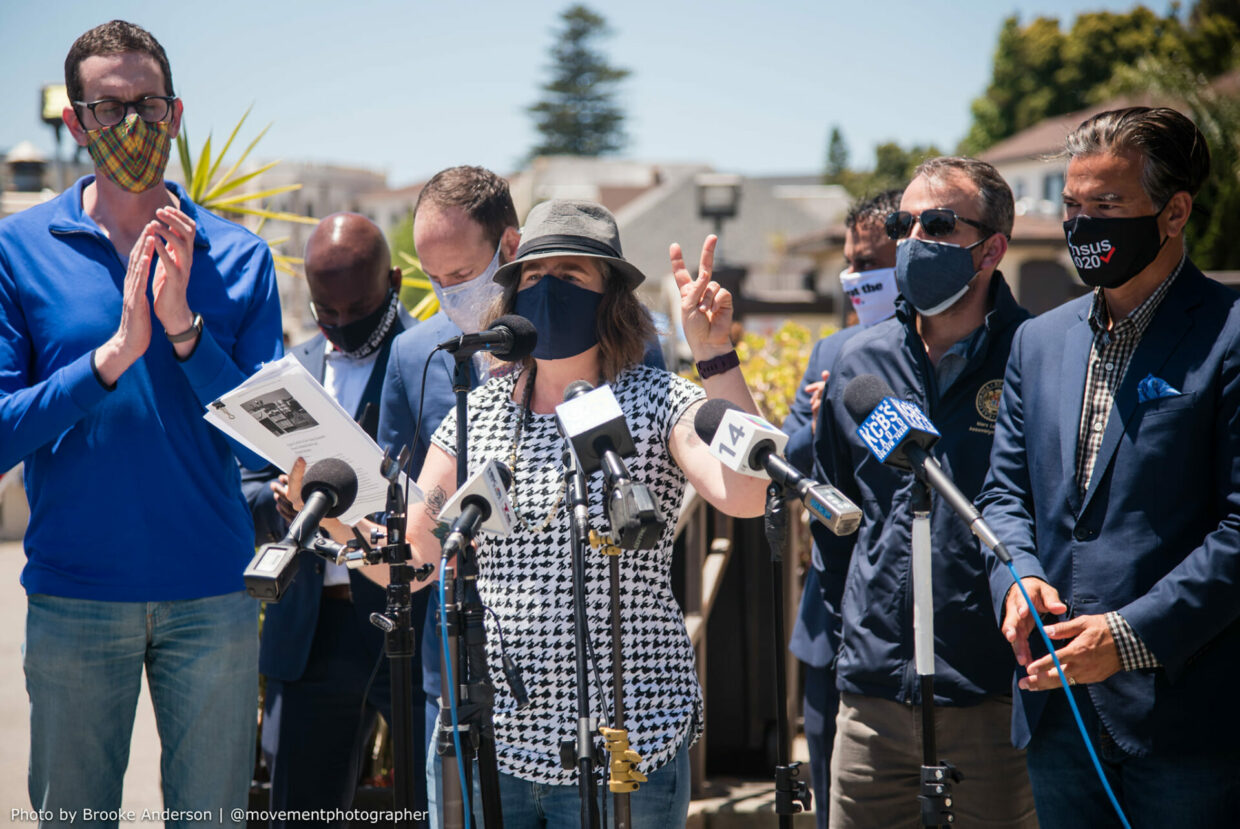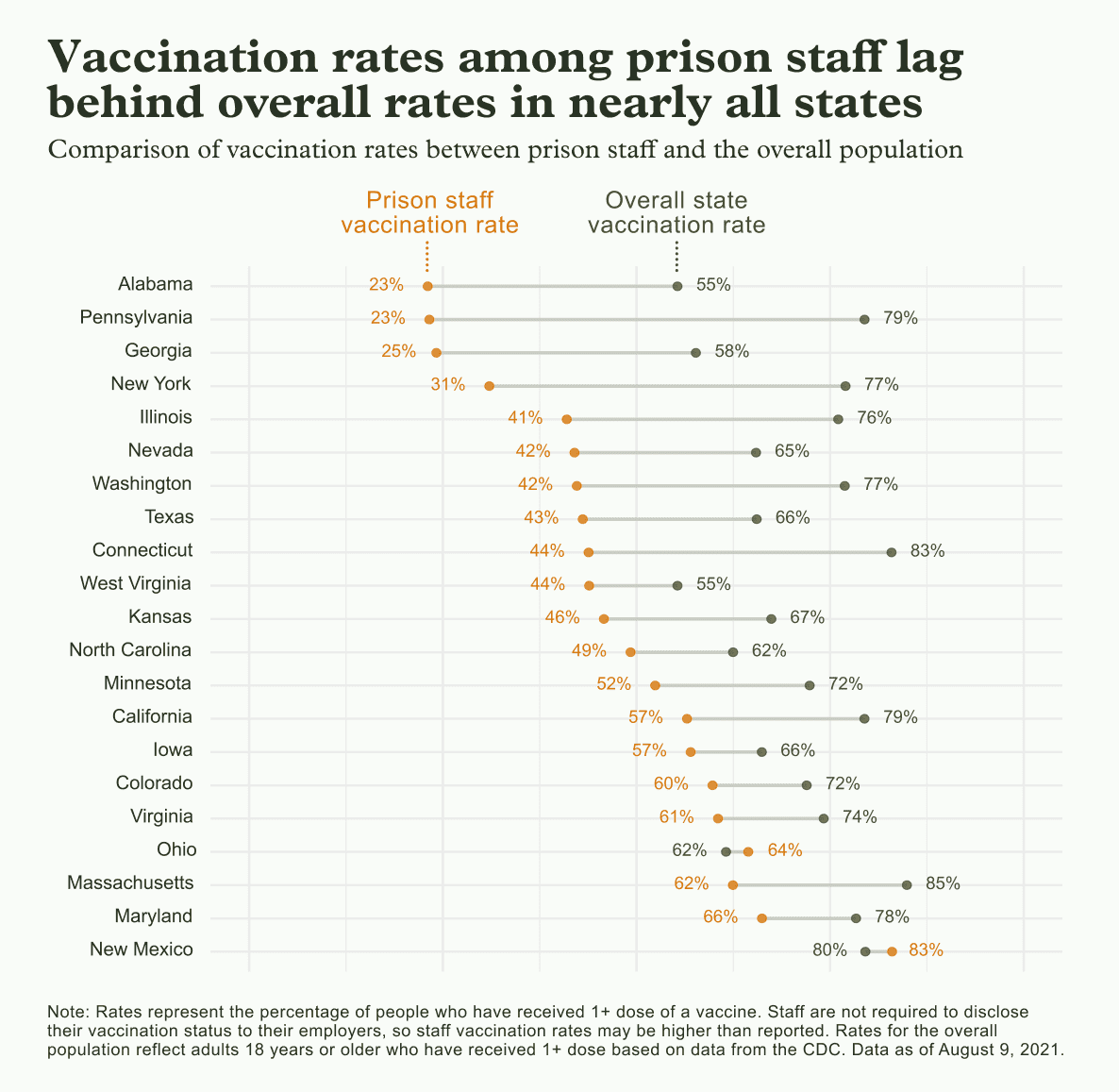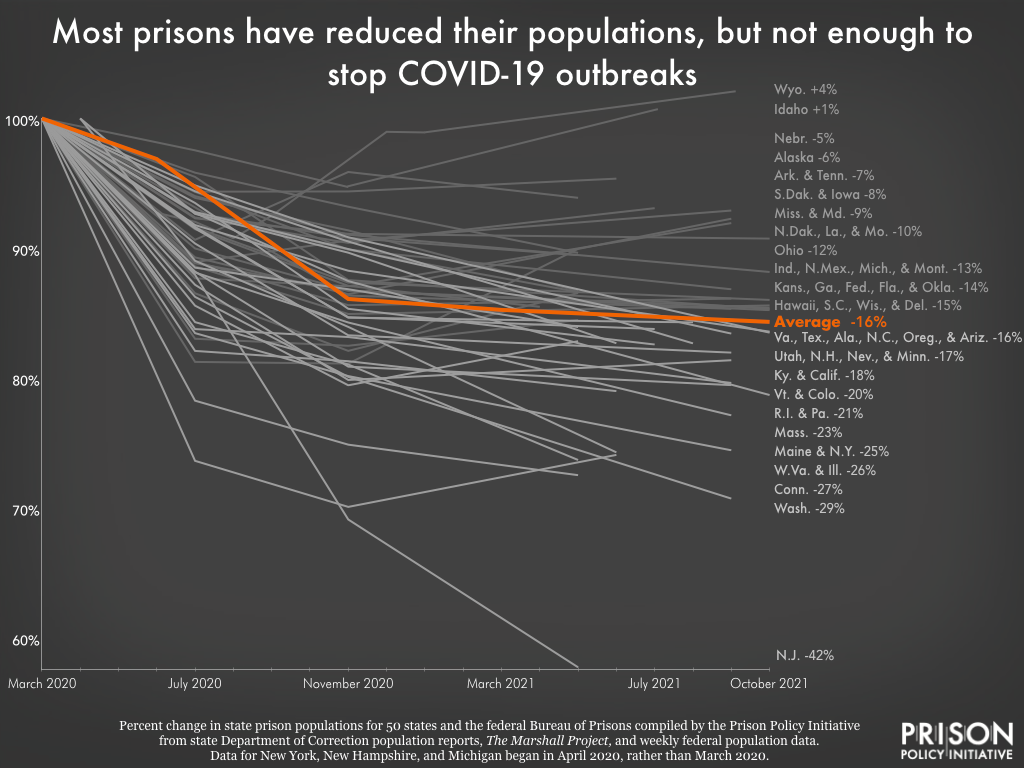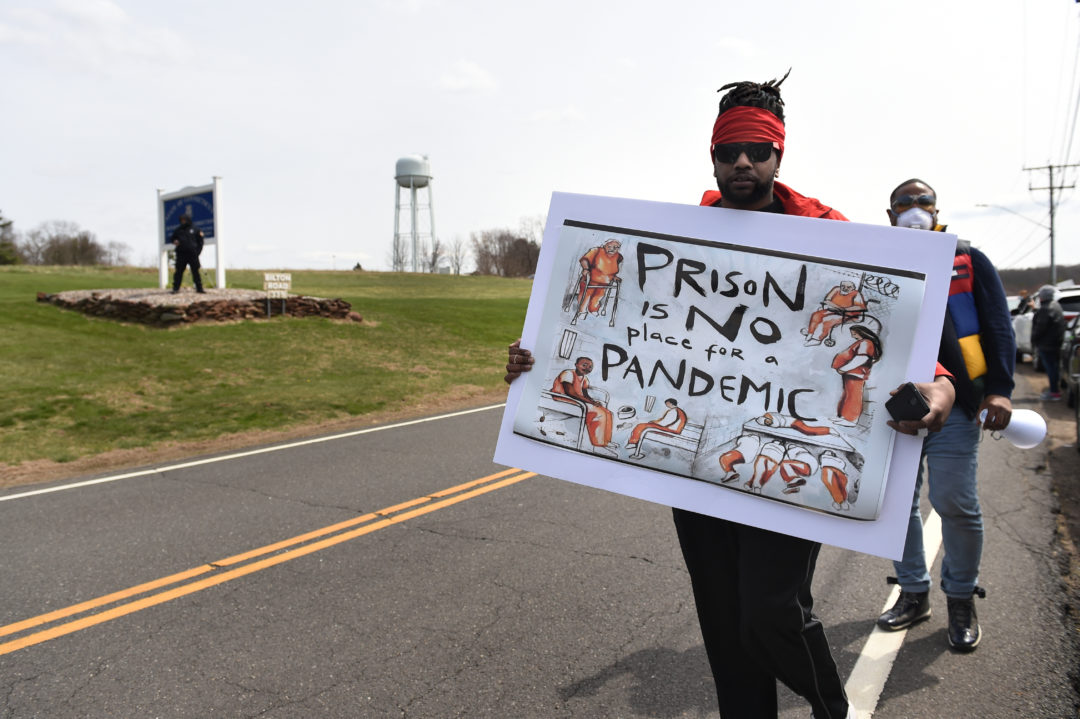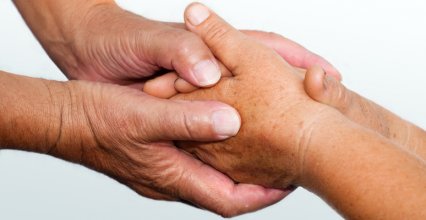As I write this, hundreds of thousands of friends are protesting in Jerusalem, being beaten up by police thugs, as Israel’s theocratic, messianic government celebrates their massive success in eroding democracy. The first step was curtailing the type of discretion courts may apply when reviewing executive/administrative actions, by ruling out the use of “reasonability” as a standard. It should go without saying that whoever does not want their actions to be reviewed through a lens of reasonability is planning on doing unreasonable things, and given who is in government now and what their aims are–theocracy, annexation of Palestinian territories, etc.–it’s not a secret what these acts will be. After the new law passed, internal security minister Itamar Ben Gvir, a convicted terrorist who assaulted Palestinians and police officers and who never did a day of military service, tweeted, “the salad bar is open.” What more do you need to get a sense of where this is going?
I was going to write a long post, explaining the American implications, but Thomas Friedman did my job for me. Here he lists some ways in which the Israeli catastrophe can affect U.S. interests in the Middle East:
It should be obvious to every U.S. policymaker by now that Netanyahu’s cabinet, one that you described as one of the most “extreme” you’ve ever encountered, has its mind set on two dismantling projects.
One is to dismantle the power of the Supreme Court to rein in this government’s extreme agenda, and the other is to dismantle the Oslo peace process and its road map for a two-state solution, in order to pave the way for a unilateral Israeli annexation of the West Bank. Oslo has been a cornerstone of America’s Middle East policy since 1993.
These twin dismantlings are interconnected: the Jewish supremacists in Netanyahu’s cabinet need to get the Supreme Court out of the way in order to carry out their plans to annex the West Bank. Such a move could easily destabilize Jordan, as it would likely push more and more Palestinians there and change its fragile demographic balance. Jordan is the most important buffer state in the region for the U.S., which operates from Jordanian territory, in collaboration with Jordan, to deal with U.S. security threats from Syria and western Iraq, where ISIS forces continue to operate.
At the same time, Mr. President, you are wrestling with one of the biggest decisions ever involving U.S. strategy in the Middle East: whether to meet Saudi Arabia’s requests for a formal security guarantee from America, for a U.S.-overseen civilian nuclear program and for access to some of the most advanced U.S. arms. In return for this, Saudi Arabia would normalize its relations with Israel (provided that Israel makes some concessions to the Palestinians) and limit its collaboration with China.
It would be both difficult and unfortunate to get such a deal through Congress without strong support from Democrats in the Senate. As you know, Mr. President, Netanyahu and Saudi Crown Prince Mohammed bin Salman are two of the least popular world leaders among progressive Democrats, especially considering the way Netanyahu, over the past decade, moved to make support for Israel a Republican cause and spurned the embrace of secular American Jews for that of Christian evangelicals instead.
In short, winning enough support among Democrats to forge this complex deal with Saudi Arabia will be a huge lift on a good day; it will be even harder if Netanyahu neuters the Israeli Supreme Court — undermining our shared values of an independent judiciary — and moves ahead with plans to annex the West Bank. And without you as president, such a deal would be virtually impossible, because very few Democrats in the Senate would support it if it was pushed by a Republican president. In short, the window for this deal is small.
Moreover, in 2016 you and President Barack Obama signed a 10-year, $38 billion agreement to enhance Israel’s military. Are we supposed to just sit back and watch silently while that military — which we have made such a huge investment in to amplify our power projection in the Middle East — fractures over efforts to restrict the power of the Israeli Supreme Court? That would be a disaster for us and for Israel, which has real enemies like Iran and Hezbollah on its doorstep.
Also, we can already see that the extreme behavior of this Israeli government in expanding settlements in the West Bank is beginning to damage the historic relations forged by President Donald Trump between Israel and the U.A.E., Bahrain and Morocco with the Abraham Accords. All three Arab countries have been forced to cool their diplomatic ties with Israel.
Which leaves me to make a more minor comment, but important to me, anyway. I see a glaring failure on the part of U.S. Jewish authorities here. I suspect that Biden’s move to pick Friedman as his (able and well respected) messenger was calculated to reach the ears and minds of U.S. Jewry, especially those who are too apathetic or too hoodwinked by Netanyahu and Kohelet to reduce their ideological and financial support for this mess. It might have also been calculated for the benefit of the Jewish left (or, really, any left) that just waits to hear of more scandals to tarnish Israel completely, failing to distinguish between the government and its massive opposition.
This is not solely the audience’s fault: Before Friedman’s important reporting on this, U.S. coverage of recent Israel affairs tended to equate Israel’s 37th government with Israel itself. Generally speaking, U.S. media is very domestically focused compared to, well, every other country in the world, and on the rare occasions it reports on foreign affairs, it does so in an infantilizing and paternalistic way. To be fair, Netanyahu has been in government for so long that, for the ill-informed U.S. populace, it’s easy to identify him with the country he’s hijacked. Coverage of this mess has really diverged: U.S. newspapers extensively cover harm to Palestinian towns and villages (with good reason! Israeli media grossly and criminally downplays these horrors!) but remains mostly silent about the size and courage of the anti-government protest movement. To get a better idea of what is not being properly reported, imagine that half the U.S. had marched in the anti-Trump protests and risked serious violence by police and right-wing goons. The temperatures here are in the high 90s and, nonetheless, hundreds of thousands of people have walked by foot to Jerusalem, for days, to protest, and have taken over a park near the Knesset to continue their operations. Some have been injured, seriously even, by police water hoses and horses (poor, sensitive, gregarious creatures, again dragged into the depravity of homo sapiens.)
The outcome of all this is all too obvious to me, having lived in the United States for more than two decades. Pretty much every Israeli American has coped with hostile sentiments from both the right and the left. I won’t tire you with my “lived experience” of bigotry and ugliness, in some cases seriously career harming, because we don’t really need more earnest, whiny confessionals, nor will I get dragged into the tiresome and intractable problem of whether these noxious sentiments are antisemitic, anti-Zionist, or anti-Israeli (this is open to interpretation, and the sentiment is misguided and its expression sickening either way.) The bottom line is this: the more unconscionable governmental behavior takes place unchecked and unchallenged by Jewish authorities abroad, and the more Israeli consulates throughout the U.S. parrot it and defend it, the more justified and less objectionable these bigotries will be.
This has several corrosive implications. First, it means far fewer business opportunities, especially in tech, for Israeli companies. Second, it means that the unspoken but quite obvious sentiment that there seem to be “too many of us” in intelligentsia will strengthen and become spoken (back to the “quota system” in university admissions?) Third, it will unfairly and counterproductively target precisely the demographics that are doing what they can to oppose these travesties (this is why I’ve always thought BDS incredibly foolish when applied to academics and/or journalists. And yes, I’ve been on the receiving end of that nonsense as well.)
There are a few things Jewish leadership in the U.S. should be doing right now:
Speak out against all this. Yes, your congregation can and should have at least as much of an opinion about this as it does about Ukraine and Iran. You have a voice. Some of you have Biden’s ear. Sure, your lefty, scrappy, civil-rightsy temple/shul/congregation can marinate in the same advocacy that any progressive organization in the U.S. does–the usual DEI talking points and capitalizing on domestic controversies. Your duty is to expand your congregation’s parochial concerns and figure out how to talk to and about Israel.
Put your money where your mouth is. If you are funding think tanks like Kohelet, stop it immediately. Even Kohelet’s nauseating captains are horrified by the monster they helped create. Instead, put your money, openly and explicitly, in the service of the protest organizations. My friends are being brutalized by cops and fascist goons to cultivate a safe, democratic haven for you and yours. Help them.
Israel is not a fun summer camp for your kids. Stop sending them to Birthright which, at best, sickens them about the settler and antimiscegenation propaganda they are subjected to, and at worst, converts them to be Netanyahu supporters.
Dissent, even abroad, is patriotic. Join a local protest. I’ve seen people express precious qualms about how they don’t have a “right” or a “say” in Israel. And yet, when horrors happen elsewhere in the world you speak up and donate. What I keep hearing from my friends in Israel is how heartened they are when they see pictures from protests around the world.



